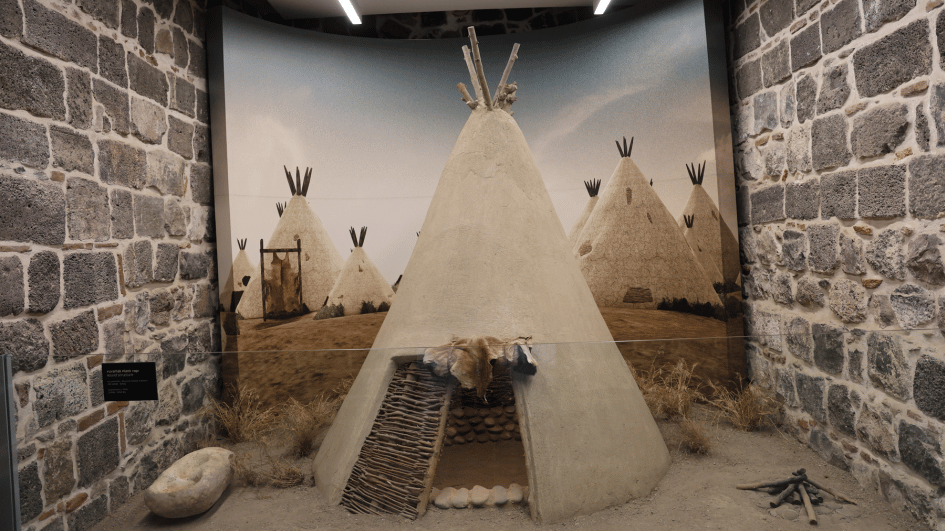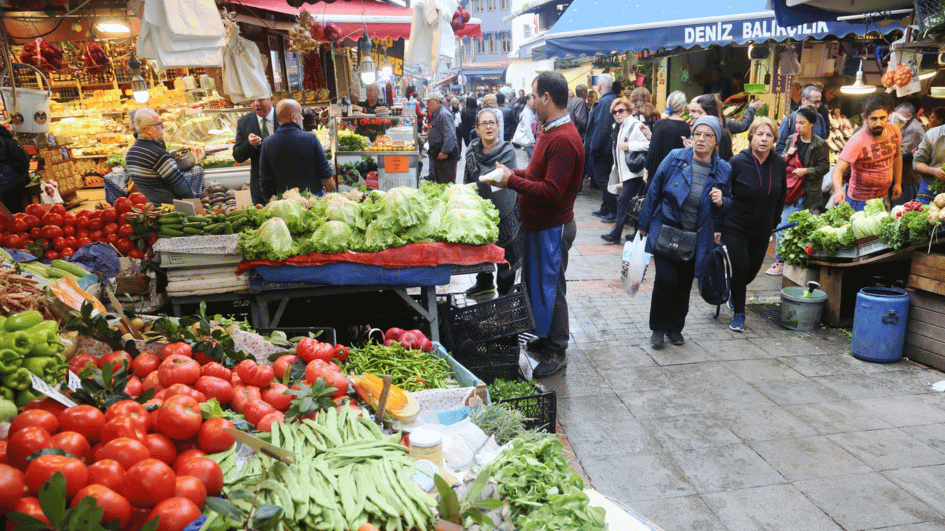Diyarbakır’s museum complex turns 90
DİYARBAKIR

The İçkale Museum Complex, located in the central Sur district of the eastern province of Diyarbakır, welcomed some 134,000 visitors last year.
The museum, which is home to works from 12,500-year-old artifacts, is preparing to celebrate 90 years of its foundation.
The museum reopened its doors to visitors as the İçkale Museum Complex in 2015, following a restoration work started in 2005 by the Culture and Tourism Ministry on 14 historical buildings in İçkale and completed in 2014.
Home to nearly 1,500 artifacts, the museum hosted 134,000 visitors last year despite the earthquake disaster and now is preparing to celebrate its 90th anniversary this year and is expected to host 200,000 visitors throughout the year, while this figure is expected to increase to 1 million in 2028.
The İçkale Museum Complex, has 14 registered buildings, including Amida Mound, Aslanlı Fountain, Saint George Church, Old Prison, Governor's Mansion and the old Courthouse.
Diyarbakır Museum Deputy Director Mehmet Çelebi said that the Diyarbakır Museum was first established in Zincirye Madrasa in 1934 and that it consists of four affiliated units: Cahit Sıtkı Tarancı, Ziya Gökalp Museum and the Atatürk House Museum and Silvan Atatürk House located in the İçkale Complex.
Stating that the total number of artworks in the museum is 35,000 pieces, Çelebi noted that most of them are kept in storage and that they exhibit nearly 1,500 works in the museum display.
Stating that the works start from the Neolithic era from 12,500 years ago and continue to the works that they call ethnographic works, Çelebi said: “We moved here in 2015. The museum was free in 2022. We hosted approximately 64,000 visitors. In 2023, we reached some 134,000 visitors despite the fee and earthquakes. This is the 90th year. We aim for 200,000 visitors in 2024 and approximately 1 million visitors in 2028."
"The İçkale venue functioned as a prison complex until 2015. From this date on, the area is serving as the İçkale Museum Complex. At the entrance, there is an arch dating back to the Artuqid period. On the right is Amida Höyük, which dates back to the Neolithic period. In other places, there are units that have been used as administrative centers from ancient times to the present day.”
















